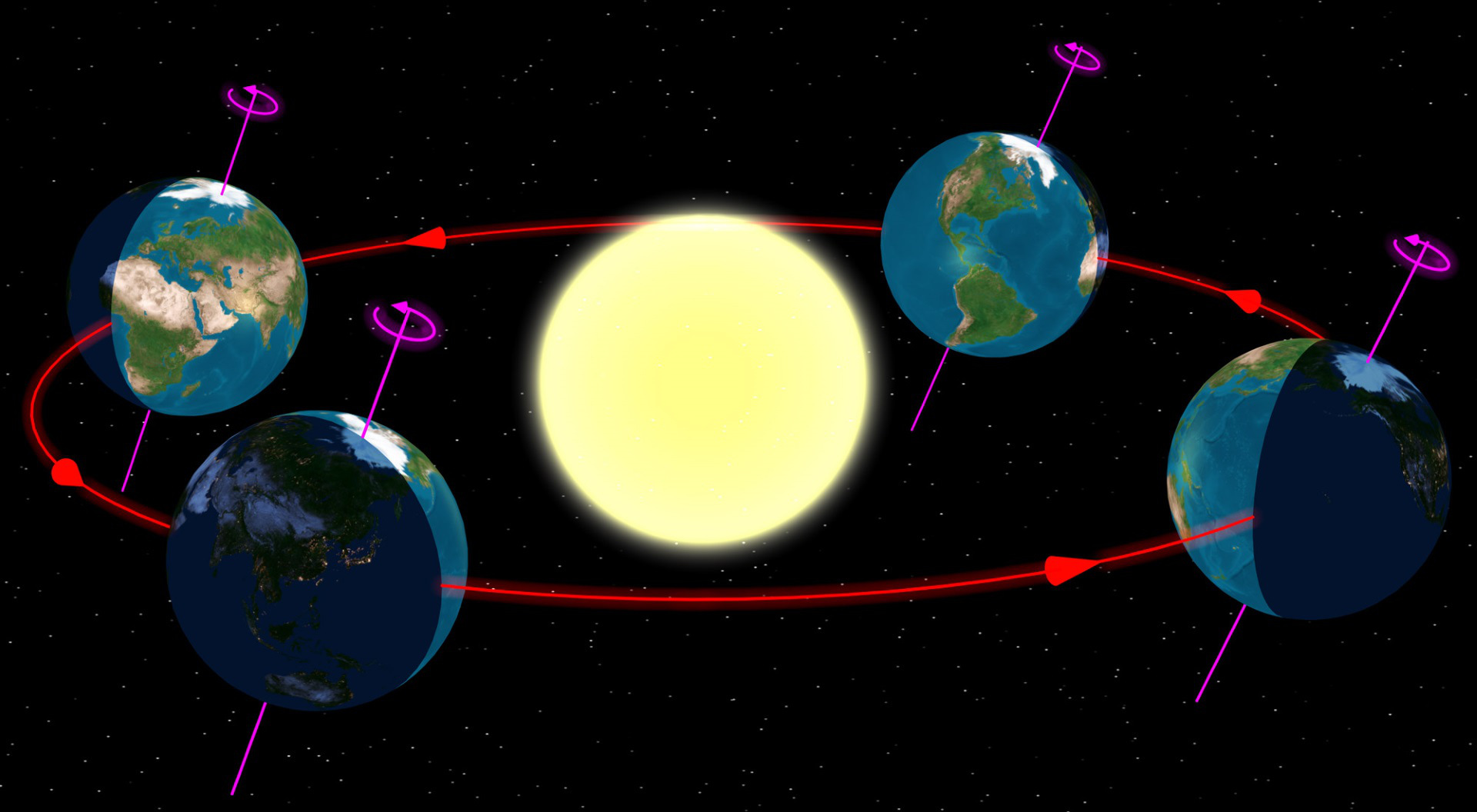
Scientists claim the days on Earth are getting larger. However, they have not found a concrete reason behind this mysterious phenomenon. Here’s what they know so far.
Why are days on Earth getting longer?

A new observation came to light as we observed the shortest day in June 2022 in almost half a century. Due to the rotation around the earth and the speeding up of the axis in the last few decades, days on Earth were supposed to become shorter. However, the patterns seem to have been reversed since 2020 as scientists are observing a rise in the length of the days. They know this since atomic clocks that are combined with preside astronomical measurements reveal this shocking difference.
The increasing length of the day has several implications including measuring time by modern technologies such as the GPS. Despite the planet’s rotation, the trend is a sudden change. Hence, scientists are trying to find the reason behind this change. As per the study, friction is the main reason behind the slowing down of Earth’s rotation. Additionally, the effects of friction from several years added about 2.3 milliseconds to the length of every day, every century.
Is there a need for a ‘negative leap second’?
In addition to the friction, climate change also has an effect on the rotation of the planet. However, scientists believe this is insignificant. They also note the tidal changes also play a role in increasing the length of a day by almost a millisecond. With the study becoming public, several people are asking for a “negative leap second”. They believe this will help in balancing the increase in the length of the day. Unfortunately, authorities are not up to considering such requests. While the need for a negative leap second may rise if the earth shifts to a longer day, this would be unprecedented. However, the need for it is highly unlikely. For now, we have a few milliseconds extra every day.






